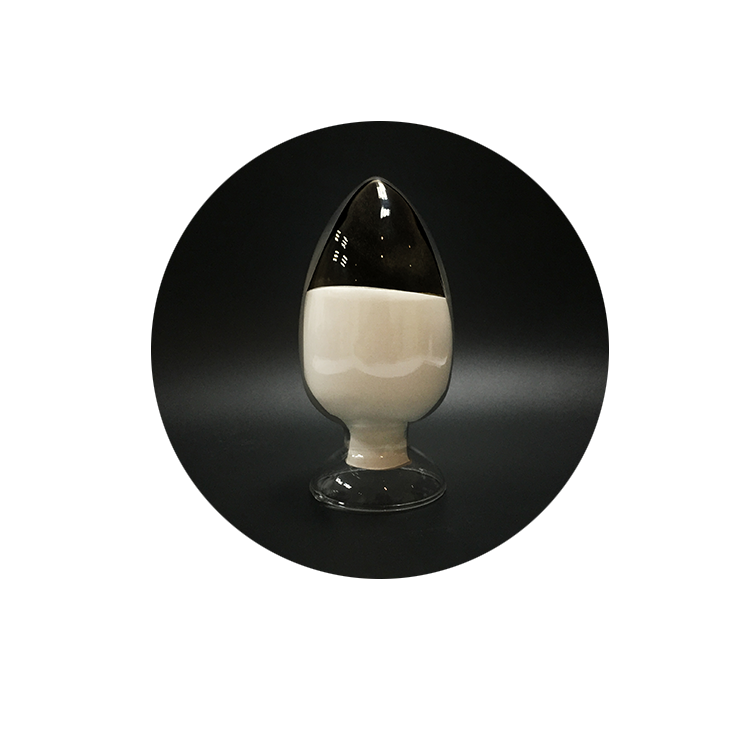The Role of Xylanase Enzyme in Baking
The staple food in northern China is mainly pasta. Due to the problem of wheat varieties, the taste is poor. Usually, when making processed noodle products, the assistance of flour improvers is often needed. In the past, potassium bromate and benzoyl peroxide were approved for use in our country. Although these chemical additives can play a better role in improving, there is a potential hazard to human health. Too much potassium bromate can induce renal tubular necrosis, liver damage, methemoglobinemia, and hearing loss in severe circumstances. Blood pressure can decline if there is a lot of exposure. With the advancement of biotechnology, xylanase enzyme has come into the public eye, and it works in tandem with other enzyme preparations to improve noodle products.
Ⅰ. The definition of xylanase enzyme
Except for cellulose, xylanase is the most common polysaccharide in plant cells and is the major component of hemicellulose. Xylanase is a microorganism-derived enzyme system that acts on xylan and eventually transforms it into its monosaccharides.
Ⅱ. The role of xylanase enzyme in baking
It is vital to knead the flour and water into the dough before baking bread when processing flour. The majority of people believe that flour is water-soluble, and then there's dough. Although flour is soluble in water, it is not soluble in all forms, and some variables are insoluble in water. The critical thing to remember is that wheat flour contains 2-3 arabinoxylans, water-soluble arabinoxylans accounting for around 25-30%, water-insoluble arabinoxylans for about 70-75 per cent, and water-soluble arabinoxylans accounting for the remaining 25-30%. Sugar has a positive effect on the quality of bread, while insoluble ones have a negative impact. In this way, these water-insoluble arabinoxylanases in the dark, potentially and unnoticed, affect the baked bread quality.
The insoluble arabinoxylans are hydrolyzed by xylanase enzyme, which converts the large molecular weight water-insoluble arabinoxylans into water-soluble arabinoxylans and enhances the gluten in the dough. The elasticity of the network enhances the emulsification and gelation of the dough, making the internal pores of the dough more uniform and dense, increasing the volume of the bread, and improving the bread's structure.
Due to the specificity of enzyme preparations, it is unrealistic to rely solely on xylanase to improve pasta products. It is usually compounded with glucose oxidase, α-fungal amylase, and lipase. The application effect on pasta products can completely replace it. Calcium oxide and the initial replacement of potassium bromate are safe and green food improvers.



